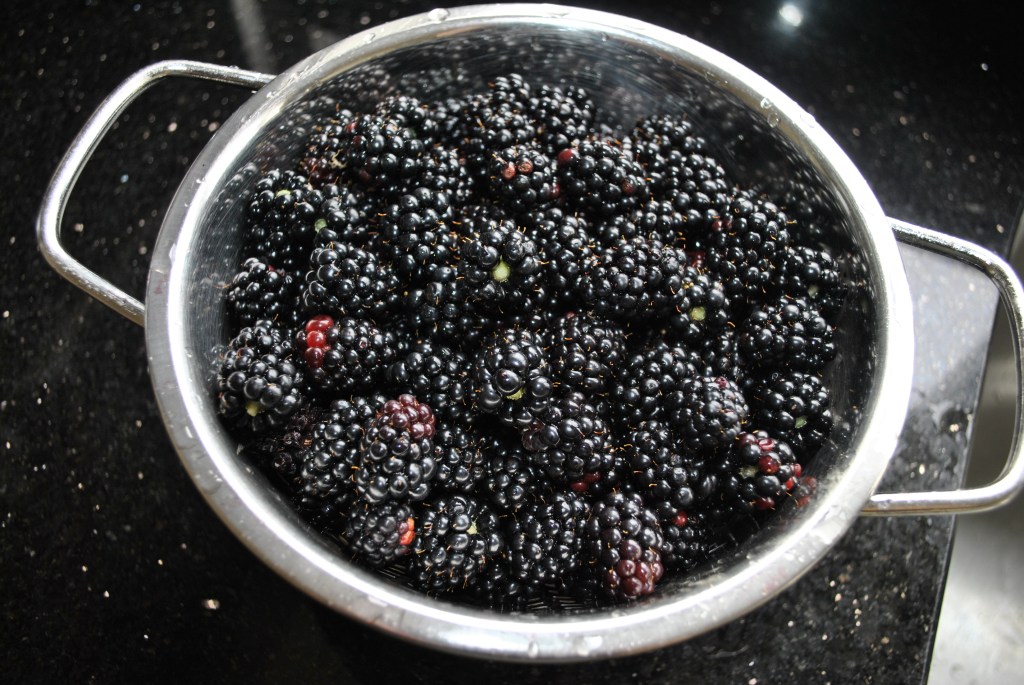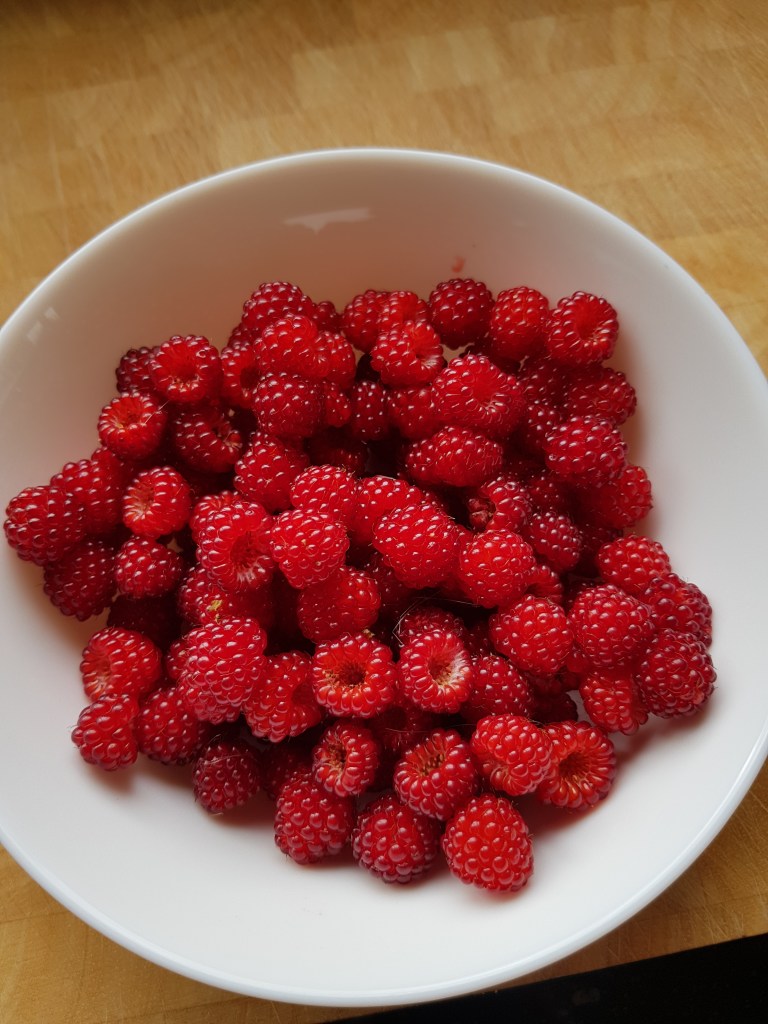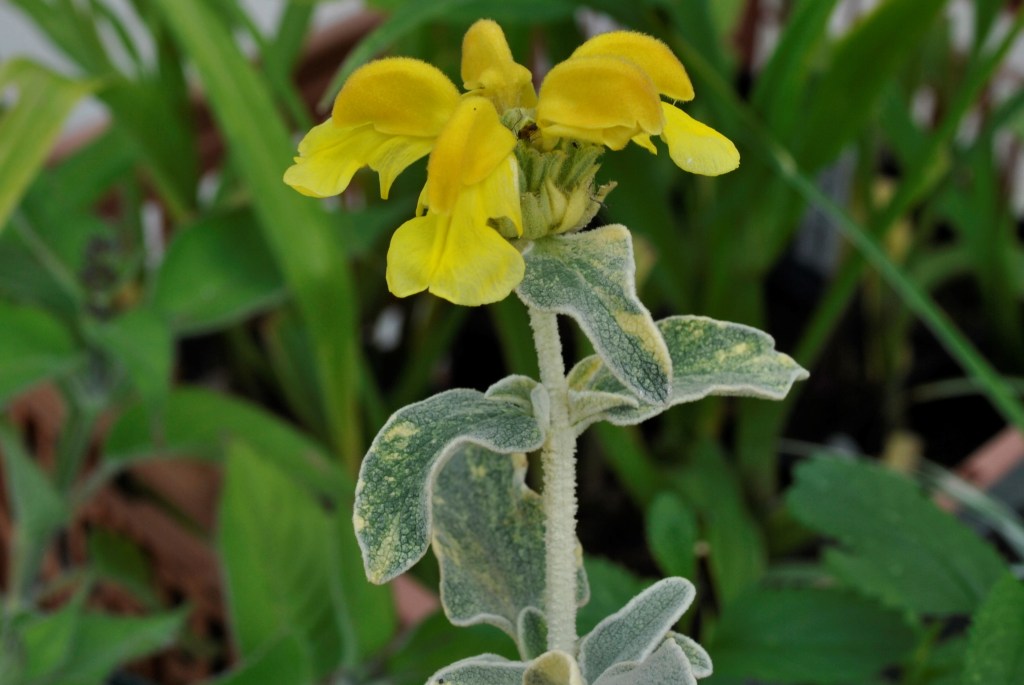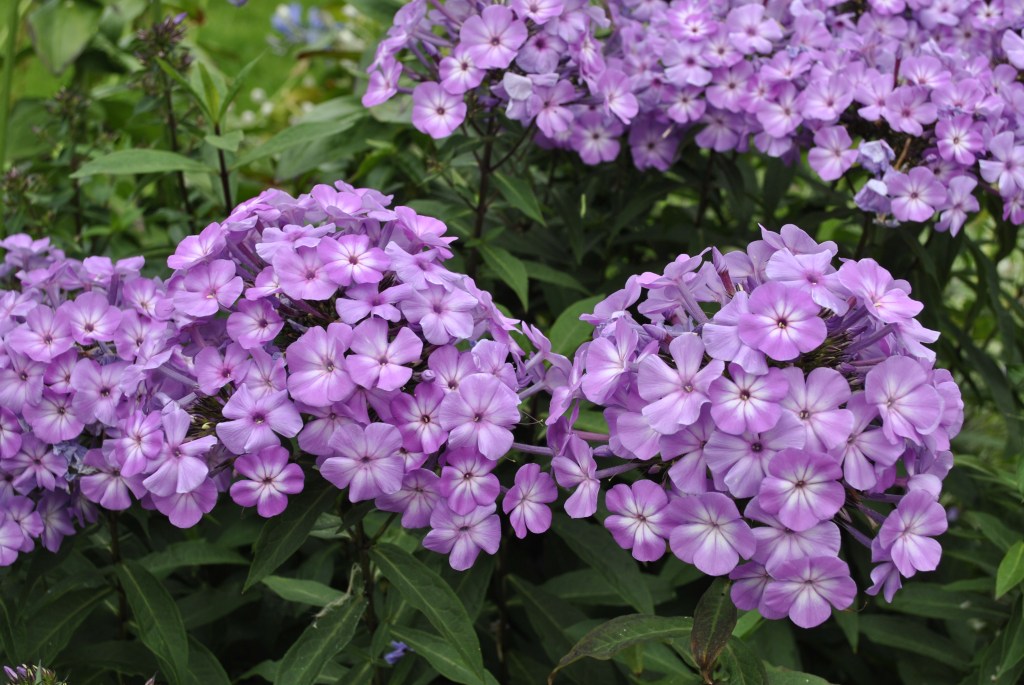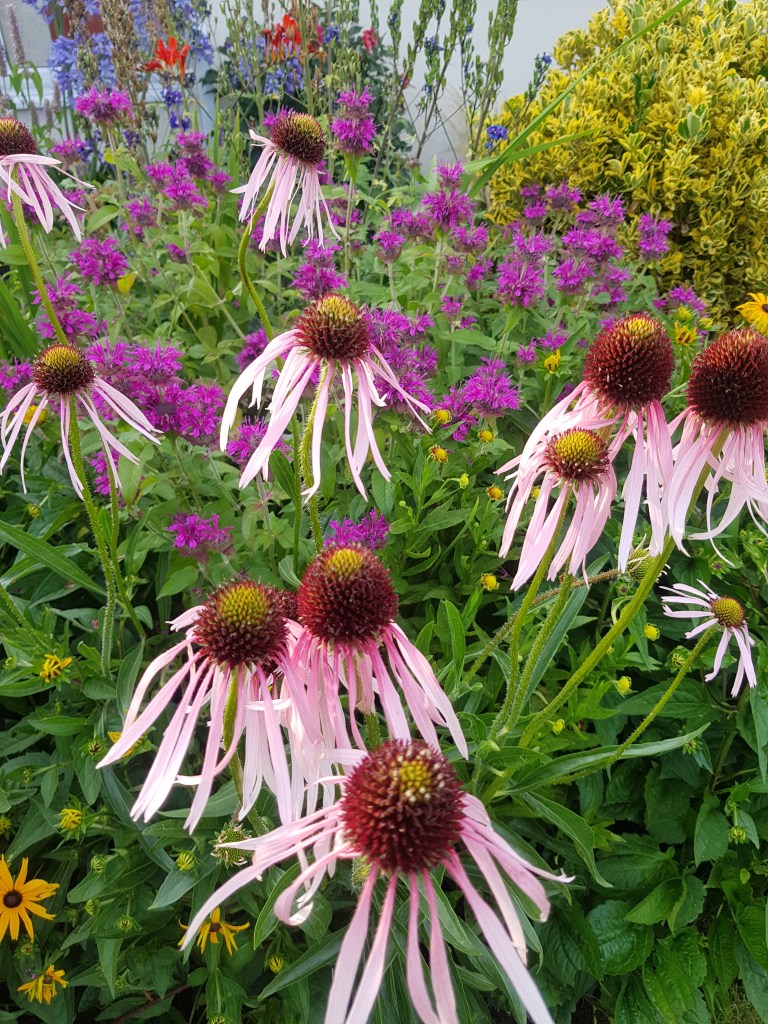
We were lucky that Storm Antoni came in like a lamb and went out like a lamb in Cheltenham last weekend, with a lot of rain but very little damage. Fortunately, the forecast high winds never materialised so the garden was relatively unscathed otherwise things like this Cosmos would have been devastated. The soil in the front border is too rich for them really so they produce too much foliage at the expense of flowers but they still put on a good show. It is a laborious task but carefully deadheading them keeps them flowering for longer. and keeps them looking good. I leave a few seedheads towards the end of the season to collect for next year.

It looks like storm damage but, in truth, it was just the sheer weight of fruit that brought down my rather old and flimsy support structure for the Merton Thornless blackberries. It’s a little more awkward now but I will pick the fruit and rebuild it in September to tie in the new canes.

The grapes are coming on nicely and should produce a huge crop this year. It is Vitis labrusca ‘Isabella’, the pink fox grape, the variety they use in the USA to make Grape Jelly which is often combined with peanut butter for a tasty snack. It is both a dessert grape and and a wine grape so I plan to start my own vineyard!

I am the only garden in my road to have a hanging basket this year! Maybe they are no longer fashionable, or perhaps it’s just the constant feeding and watering that people have found too much. They are a tie though, even if we go away for a weekend I have to ask my neighbour to water it each day. I cram so many plants into a 14″ basket that the thirst for water must be immense and now the pelleted feed has almost certainly been used up, it requires liquid tomato feed at every other watering. Mind you, I do love it and feel it is worth the effort. A miniature miracle!
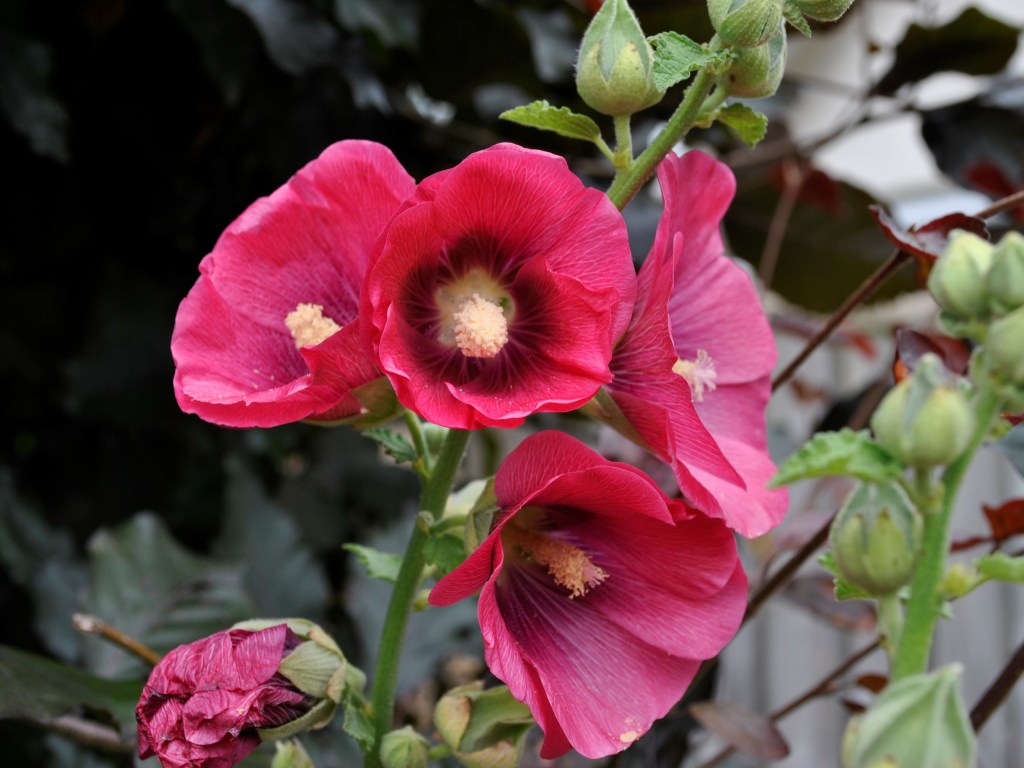
Why do Hollyhocks insist on growing in the most awkward places! They seem intent on finding a tiny crevice against a wall or fence or, as in my case, up against the purple beech hedge. I hasten to add that I have never planted any myself, they have migrated from next door where they run riot against the house wall in dry, inhospitable conditions which would normally never support life of any kind; even the weeds die of malnutrition.

A plant I am often asked about in the garden is Catananche caerulea or Cupid’s Dart as it is commonly known. It is a short lived perennial but best treated as an annual or biennial. I have it in this blue/purple and white from a packet of seeds I received in a seed exchange several years ago. It forms a lovely papery flower bud which is very popular with flower arrangers and lasts for weeks. If it’s happy in your soil, it will self seed and you will have it forever, like Nigella or bittercress!
Have a great weekend.
David


